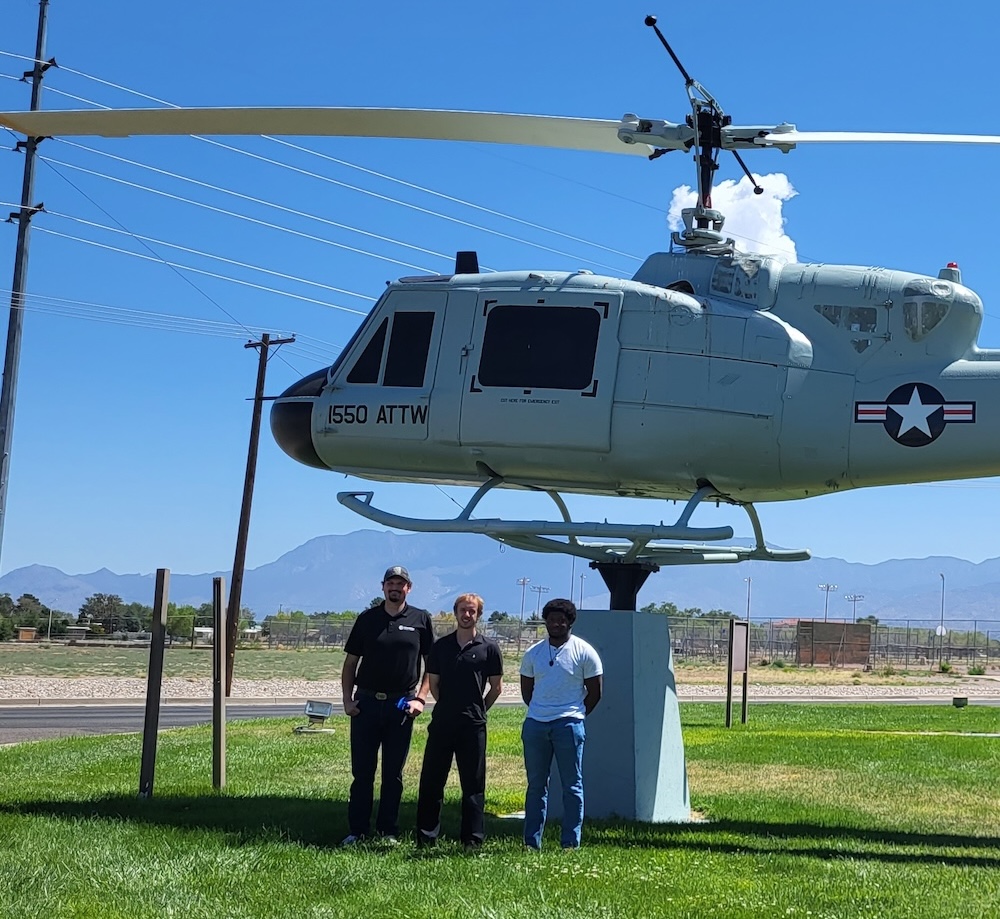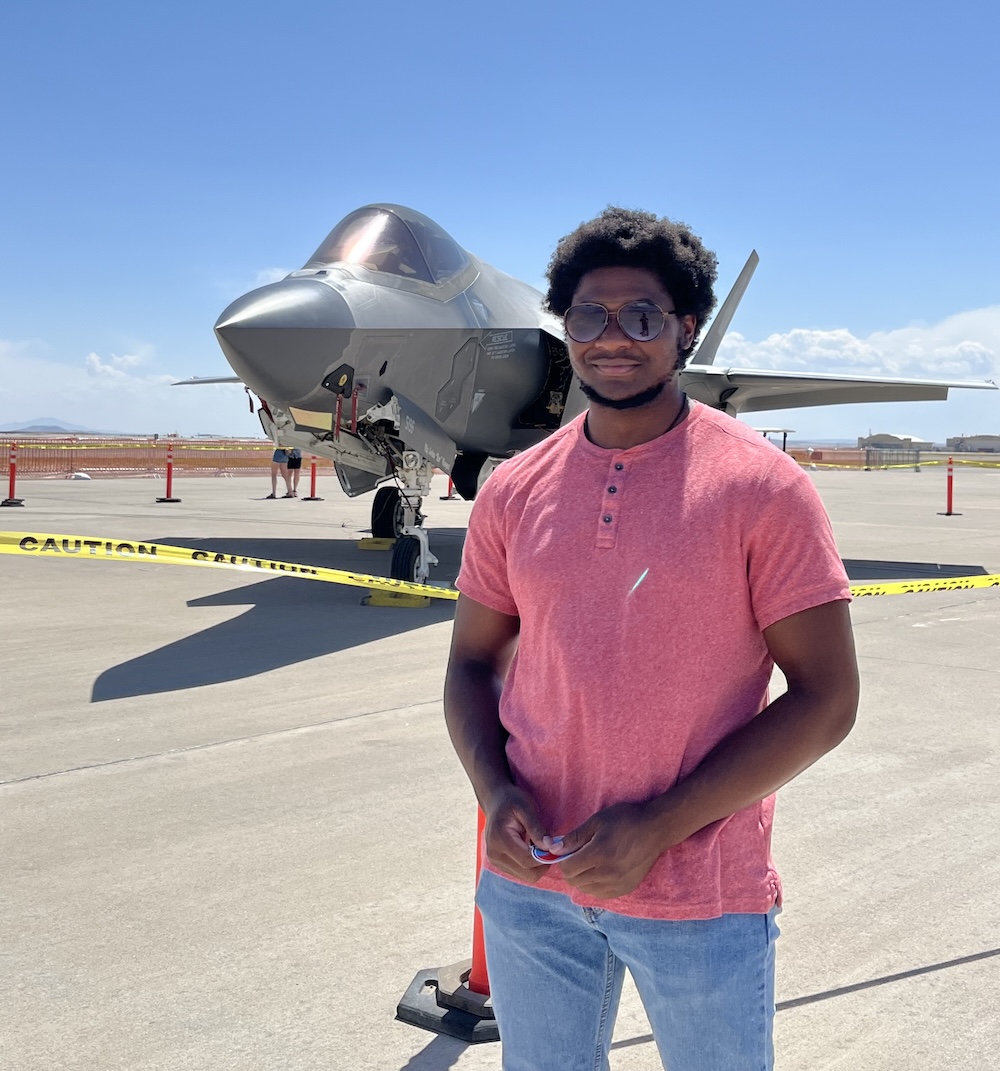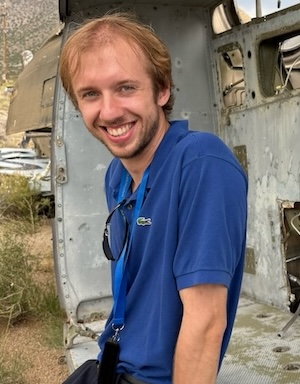

KENNESAW, Ga. | Aug 21, 2025

Recent graduate Micah Holston, senior Jack Smith and junior Jonathan Ridley spent the summer interning at the Air Force Research Laboratory (AFRL) at Kirtland Air Force Base in Albuquerque, New Mexico, learning about national defense applications for engineering, computer science, and physics. All three worked on different projects, all three came away with life-changing experiences, and all three said their experiences at KSU prepared them well for life at the AFRL.
“My experience this summer has absolutely tied in nicely to what I’ve done at KSU,” Smith said. “The things I saw in my textbooks and research, I got to see them come to life. So, it's been really cool.”
This was Holston’s second summer working at the lab, and both Ridley and Smith credited Holston for informing them of the opportunity. A recent graduate with a bachelor’s degree in physics, Holston learned of the opportunities while conducting research with Jeremy Gulley, formerly an associate professor of physics at KSU, who himself had worked with the AFRL. Holston will pursue a doctorate in plasma physics at Auburn University this fall, thanks in large part to his work at the AFRL, where he learned that a career in physics was a viable option with a real-world impact.


“Since coming here, the image of what I wanted to do has been shattered into a million pieces and spread all over,” he said. “There's so much to do, and right now, I'm just exploring everything I can. I know the general scope of where my interests are colliding is under the umbrella of scientific computing, like how the Human Genome Project merges computer science with biology. Miracles can happen when using computer science to aid in other fields and I want to be a part of that because I think it’s beautiful. I believe that I will be able to design better algorithms by thinking like the practitioners of other fields but also abstractly understanding the constructs in their given domain.”
Smith worked in the Space Vehicles Directorate at AFRL on a project that modeled space weather in the lab to determine the efficacy of certain materials for spacecraft and satellites. He has earned bachelor’s and master’s degrees in mechanical engineering from KSU but decided to return for a bachelor’s in physics, which he expects to finish in December. His experience at AFRL has drawn on his range of expertise, too, along with providing real-world applications for his classroom learning.
“A lot of the work I do is fabricating prototypes through manufacturing design,” said Smith, who also minored in nuclear engineering and mathematics. “The courses I took at KSU are relevant, especially more in the master’s side. As far as how materials interact with each other, different chemical processes and bonds, and then some of the physics stuff, more of the electronics side like electromagnetism has been pretty relevant to the stuff I've worked on here.”
– Story by Dave Shelles
Photos provided
A leader in innovative teaching and learning, Kennesaw State University offers undergraduate, graduate, and doctoral degrees to its more than 51,000 students. Kennesaw State is a member of the University System of Georgia with 11 academic colleges. The university's vibrant campus culture, diverse population, strong global ties, and entrepreneurial spirit draw students from throughout the country and the world. Kennesaw State is a Carnegie-designated doctoral research institution (R2), placing it among an elite group of only 8 percent of U.S. colleges and universities with an R1 or R2 status. For more information, visit kennesaw.edu.